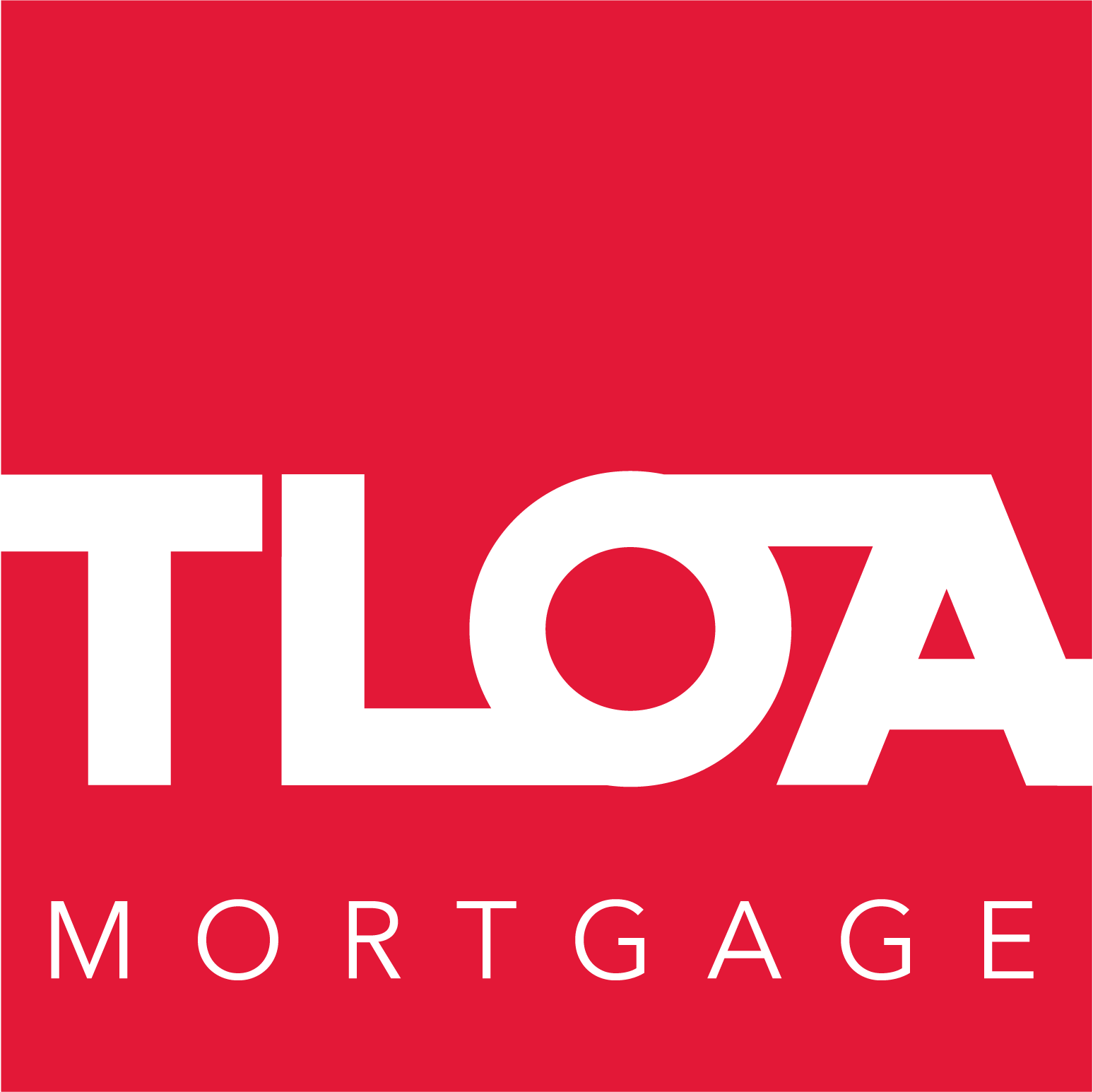
22 Jun Guide to Financing an Investment Property
Real estate can be a hedge against market volatility when stocks take a tumble, and there are many perks associated with owning an investment property. Becoming a landlord is a smart way to generate a steady passive income stream, but it does take a certain amount of cash to get started. When you don’t have a huge bankroll, taking out a loan may be the only way to seal the deal. (For more, see the tutorial: Exploring Real Estate Investments.)
Investment property financing can take several forms, and there are specific criteria that borrowers need to be able to meet. Choosing the wrong kind of loan can impact the success of your investment, so it’s vital to understand how the various alternatives work before approaching a lender.
Option #1: Conventional Bank Loans
If you already own a home that’s your primary residence, you’re probably familiar with conventional financing. A conventional mortgage conforms to guidelines set by Fannie Mae or Freddie Mac and unlike an FHA, VA or USDA loan, it’s not backed by the federal government. With conventional financing, the typical expectation for a down payment is 20% of the home’s purchase price but with an investment property, the lender may require a down payment closer to 30%. It may be possible to use gifted funds for a down payment, but gifts would need to be documented properly.
With a conventional loan, your personal credit score and credit history determine your ability to get approved and what kind of interest rate applies to the mortgage. Lenders also review income and assets and borrowers must be able to afford their existing mortgage if they have one and the monthly loan payments on an investment property. Future rental income isn’t factored into the debt-to-income calculations, and most lenders expect borrowers to have at least six months’ of cash set aside to cover both mortgage obligations. (For more advice on financing, read: Buying Your First Investment Property? Top 10 Tips.)
Option #2: Fix-and-Flip Loans
While being a landlord has its perks, it also comes with certain headaches. For some investors, flipping is the more attractive alternative because it allows them to receive their profits in a lump sum when the house is sold rather than waiting on a rent check each month. In that scenario, a fix-and-flip loan would more appropriate.
A fix-and-flip loan is a type of short-term loan that allows the borrower to complete their renovations so the home can be put back on the market as quickly as possible. Fix-and-flip loans are essentially hard money loans, which mean the loan is secured by the property. Hard money lenders specialize in these kinds of loans, but certain real estate crowdfunding platforms offer them as well.
The upside of using a hard money loan to finance a house flip is that it may be easier to qualify compared to a conventional loan. While lenders do still consider things like credit and income, the primary focus is on the property’s profitability. The home’s estimated after-repair value (ARV) is used to gauge whether you’ll be able to repay the loan. It’s also possible to get loan funding in a matter of days rather than waiting weeks or months for a conventional mortgage closing. (For more on how to keep a flip on track, see: 5 Mistakes That Make House Flipping A Flop.)
The biggest drawback of using a fix-and-flip loan is that it won’t come cheap. Interest rates for this kind of loan can go as high as 18%, depending on the lender, and your timeframe for paying it back may be short. It’s not uncommon for hard money loans to have terms lasting less than a year. Origination fees and closing costs may also be higher compared to conventional financing, which could chip away at returns.
Option #3: Tapping Home Equity
Drawing on your home equity, either through a home equity loan, HELOC or cash-out refinance, is a third way to secure an investment property for long-term rental or finance a flip. In most cases, it’s possible to borrow up to 80% of the home’s equity value to use towards the purchase of a second home.
Using equity to finance a real estate investment has its pros and cons, depending on the type of loan you choose. With a HELOC, for instance, you can borrow against the equity the same as you would with a credit card, and the monthly payments are often interest-only. The rate is usually variable;however, which means it can increase if the prime rate changes.
A cash-out refinance would come with a fixed-rate, but it may extend the life of your existing mortgage. A longer loan term could mean paying more in interest for the primary residence. That would have to be weighed against the anticipated returns an investment property would bring in. (For more on whether a refinance makes sense, see: 9 Things to Know Before You Refinance Your Mortgage.)
The Bottom Line
Investing in a rental property or tackling a house-flipping project are risky ventures, but they offer the potential for a big payoff. Finding the money to take advantage of an investment opportunity doesn’t have to be an obstacle if you know where to look. As you’re comparing different borrowing options, keep in mind what the short and long-term costs are and how that can affect the investment’s bottom line.
SPONSORED
Hire a Pro: Compare 3 Financial Advisors Near You
Finding the right financial advisor that fits your needs doesn’t have to be hard. SmartAsset’s free tool matches you with fiduciary financial advisors in your area in 5 minutes. Each advisor has been vetted by SmartAsset and is legally bound to act in your best interests. If you’re ready to be matched with local advisors that will help you achieve your financial goals, get started now.

